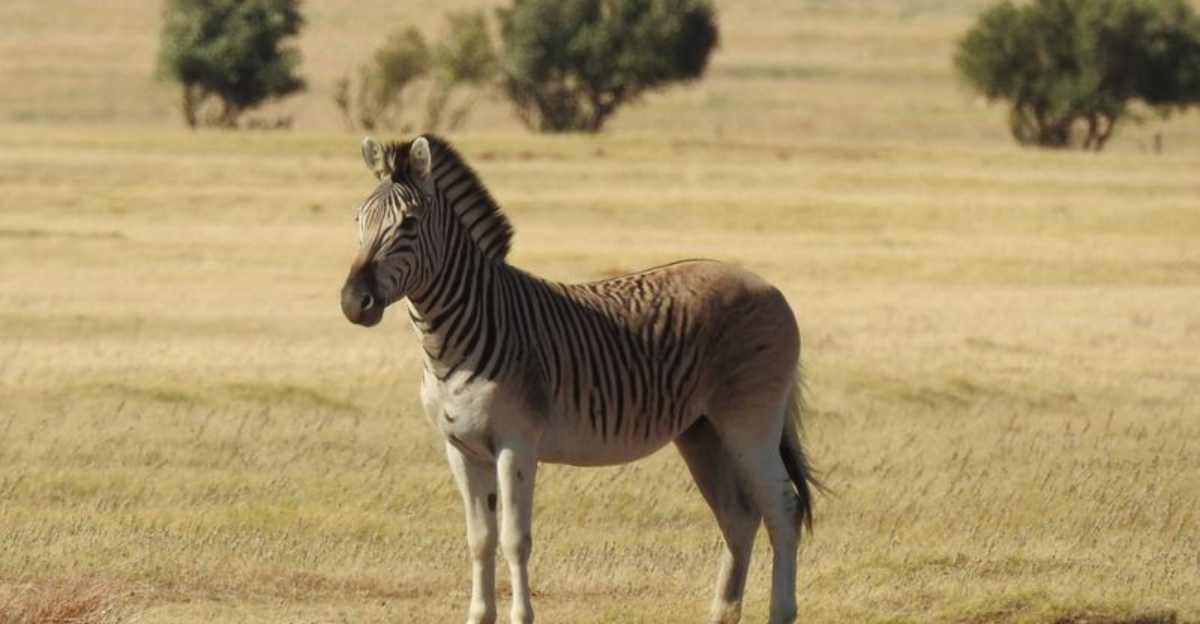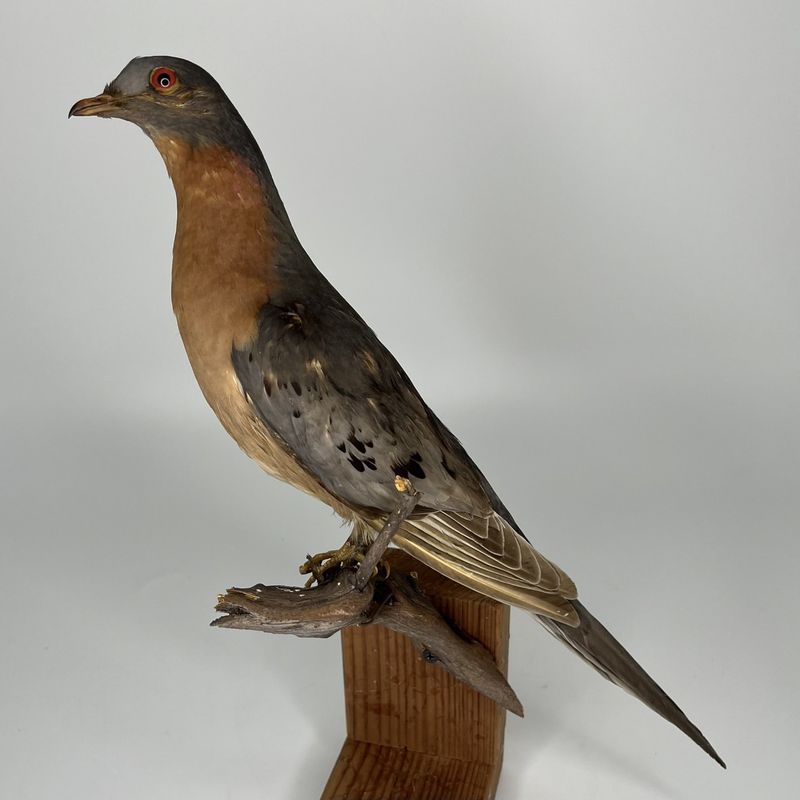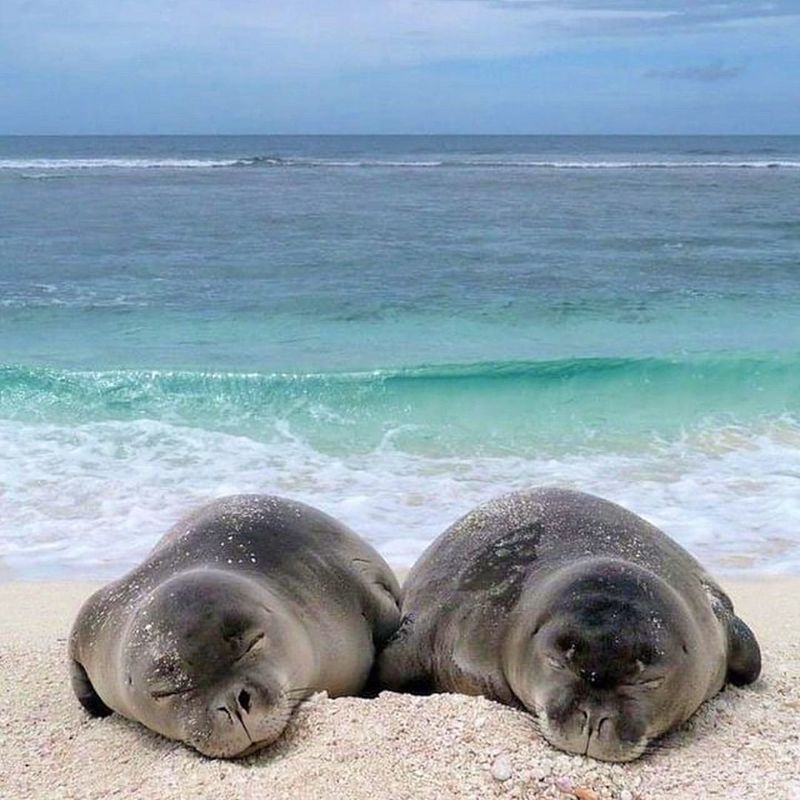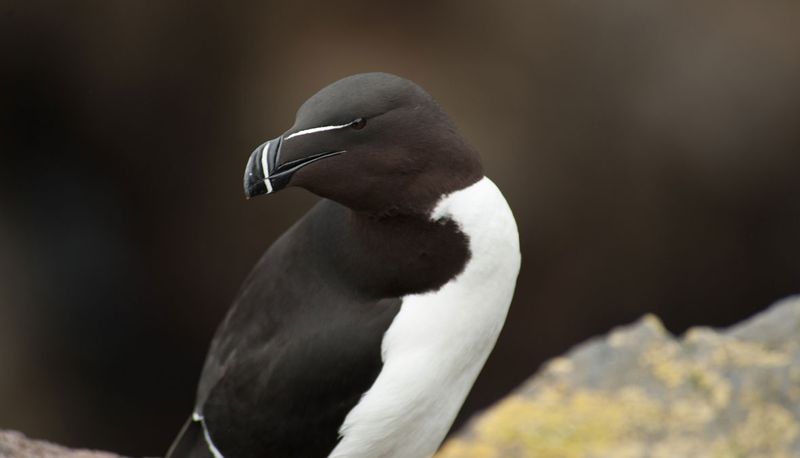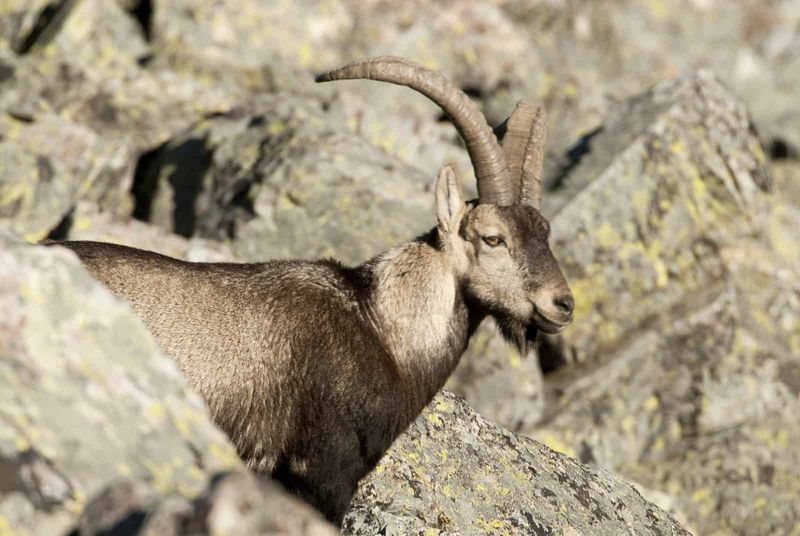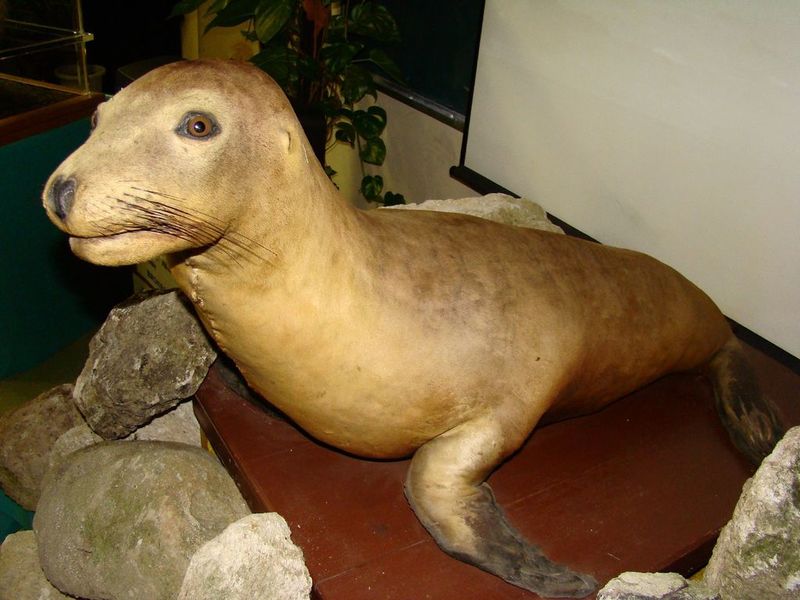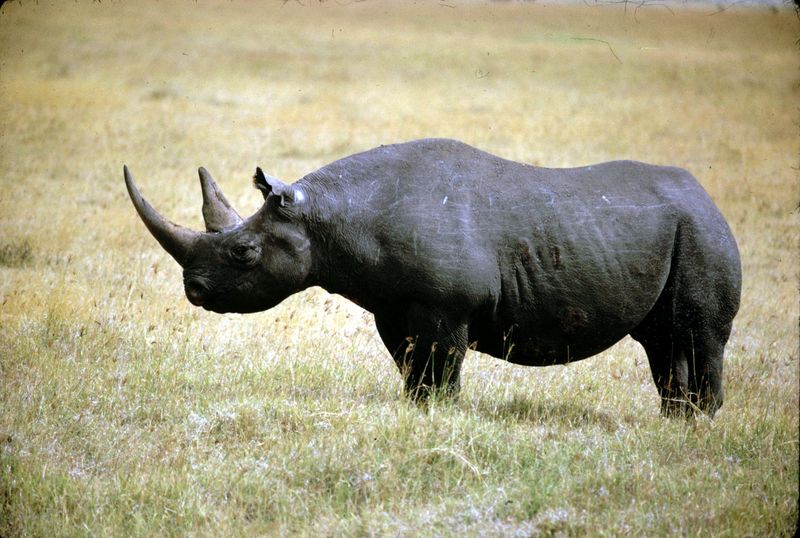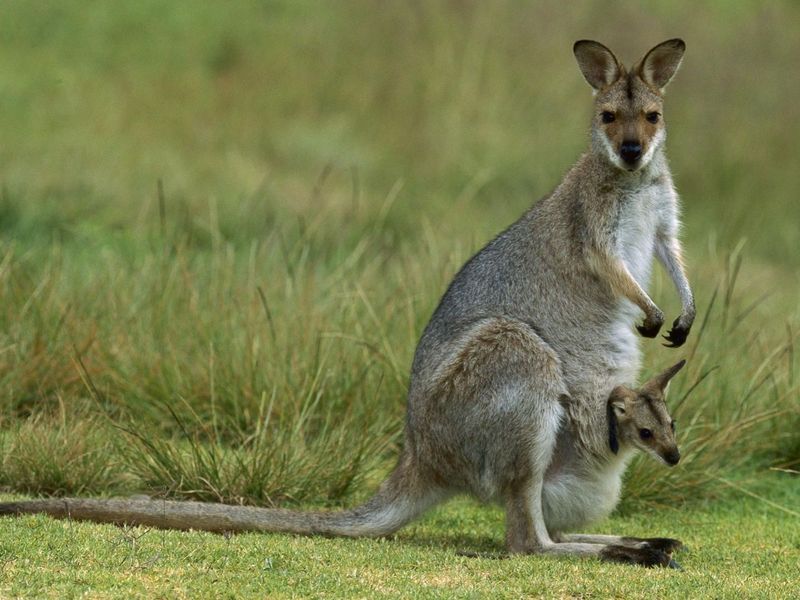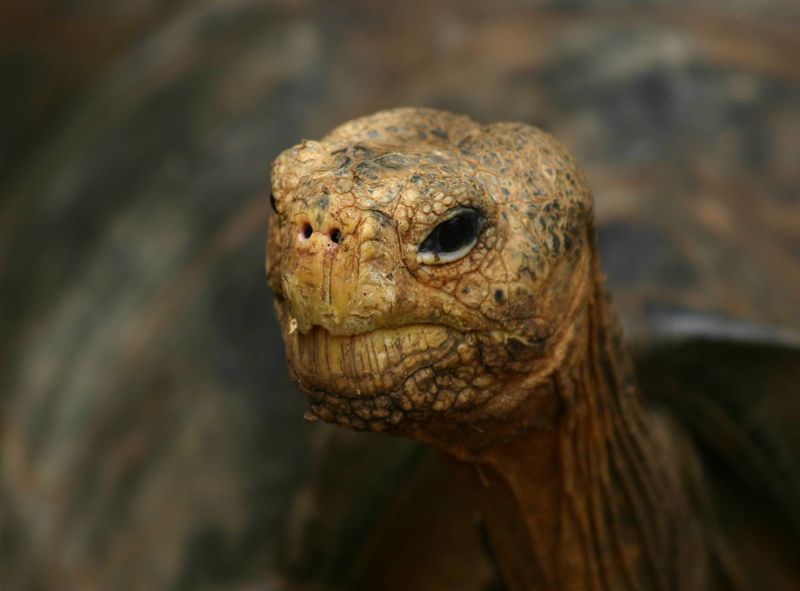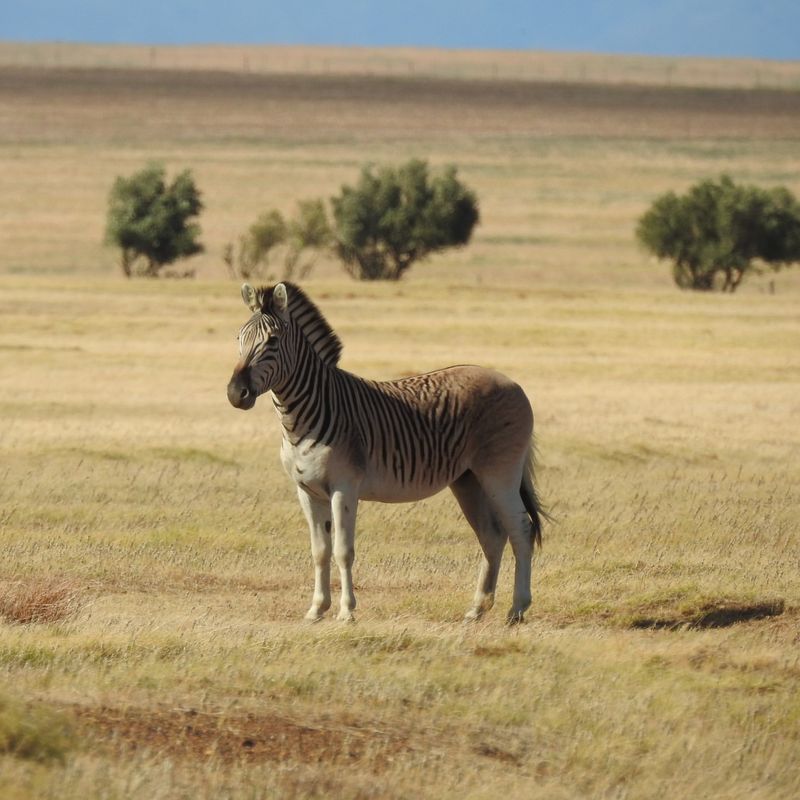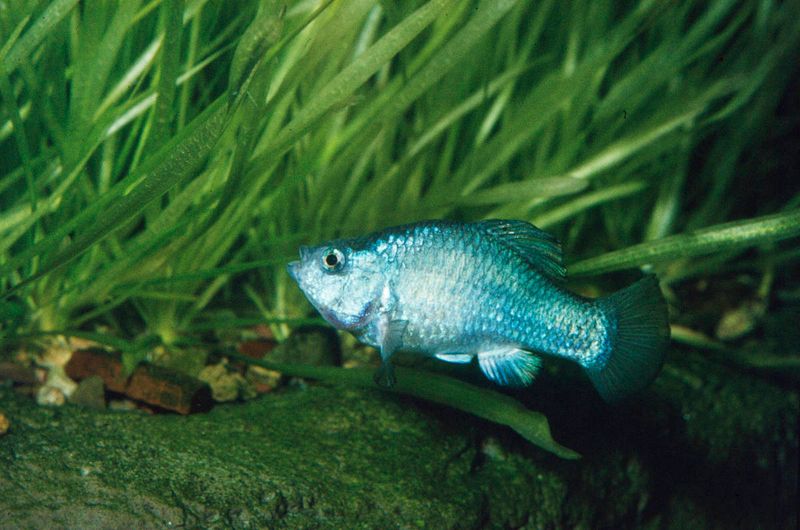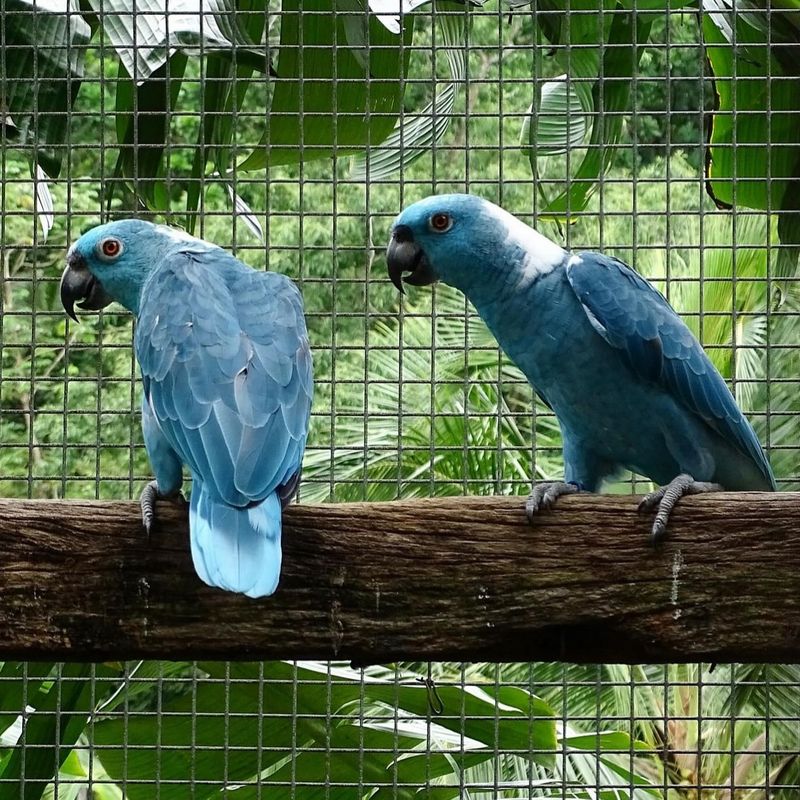📖 Table of Content:
Over the past 150 years, the world has seen the heartbreaking disappearance of many extraordinary species. These animals, once thriving and essential to their ecosystems, have been driven to extinction by a combination of human activities and environmental changes. Their loss serves as a stark reminder of the fragility of biodiversity and the impact of our actions on the natural world.
From habitat destruction and overhunting to the effects of climate change, countless pressures have contributed to the extinction of these remarkable creatures. Each vanished species represents not just a loss for nature but also a missed opportunity for humans to learn from and coexist with them. The cascading effects of their absence highlight the interconnectedness of all life on Earth and the delicate balance that sustains it.
As we remember these lost species, we are reminded of the urgent need to protect those that remain. Many animals today face similar threats, teetering on the brink of extinction. By learning from the mistakes of the past, we can take meaningful action to preserve the incredible diversity of life that still exists. Conservation efforts, habitat restoration, and sustainable practices are crucial in ensuring that history does not repeat itself.
1. Passenger Pigeon
Once the most abundant bird in North America, the Passenger Pigeon was known for its massive flocks that would darken the skies for days. Its population was estimated in billions, but relentless hunting and habitat destruction led to its extinction in the early 20th century.
The last known Passenger Pigeon, named Martha, died in captivity in 1914. This extinction served as a wake-up call about the impact of human activities on wildlife. Remembering the Passenger Pigeon underscores the importance of conservation efforts to protect other species from a similar fate.
2. Caribbean Monk Seal
Native to the Caribbean Sea, the Caribbean Monk Seal was a sleek marine mammal that thrived in warm coastal waters. Human hunting for oil and overfishing of their food sources led to their extinction. The last confirmed sighting was in the 1950s.
Their disappearance signaled the destructive impact of human exploitation on marine ecosystems. Efforts to protect other species, like the Hawaiian Monk Seal, highlight lessons learned from the loss of the Caribbean Monk Seal. This story emphasizes our responsibility to sustain and preserve marine biodiversity for future generations.
3. Great Auk
The Great Auk, a flightless bird native to the North Atlantic, was renowned for its striking black-and-white plumage and awkward waddle. Hunted extensively for its feathers, meat, and oil, it was driven to extinction by the mid-19th century.
The last known pair was killed in 1844, marking a poignant loss for avian biodiversity. The Great Auk’s extinction serves as a cautionary tale about unsustainable exploitation of wildlife. It inspires conservation efforts to ensure other unique species, like the Puffin, are protected against similar threats and thrive in their natural habitats.
4. Pyrenean Ibex
Native to the Pyrenees Mountains, the Pyrenean Ibex was a type of wild goat known for its impressive horns and agile climbing. Overhunting and habitat loss led to its extinction, with the last individual dying in 2000.
In a brief scientific revival, scientists cloned a Pyrenean Ibex in 2003, but the clone died shortly after birth. This marked the first instance of ‘de-extinction,’ sparking hope and debate about the future of conservation biology. The loss of the Pyrenean Ibex reminds us of the urgent need to protect mountain ecosystems and their unique inhabitants.
5. Japanese Sea Lion
The Japanese Sea Lion that once populated the Sea of Japan, is recognized for its robust body and playful nature. Overhunting for skin and oil, combined with habitat disruption, led to its extinction by the 1950s.
Its disappearance highlights the severe consequences of human overexploitation of marine life. Recent efforts focus on protecting surviving pinniped species and restoring marine habitats. This story underscores the necessity of sustainable fishing practices and marine conservation policies to prevent further loss of biodiversity in our oceans.
6. Western Black Rhinoceros
The Western Black Rhinoceros, a subspecies of the Black Rhinoceros, once roamed the African savannah. Poaching for its horn, driven by illegal trade, led to its extinction, with the last sighting in 2006.
This tragic loss underscores the devastating impact of wildlife trafficking and the urgent need for global conservation initiatives. It serves as a powerful motivator for anti-poaching efforts and the protection of remaining rhino species. The Western Black Rhinoceros’ story is a call to action, urging international cooperation to preserve our planet’s wildlife heritage.
7. Toolache Wallaby
A graceful creature native to Australia, the Toolache Wallaby was known for its distinctive hopping and social behavior. By the early 20th century, habitat destruction and hunting led to its extinction.
The last known individual died in captivity in 1939. This extinction reflects the vulnerability of species to rapid environmental changes. Conservationists draw lessons from the Toolache Wallaby’s demise to protect Australia’s unique marsupials. It serves as a reminder of the importance of preserving natural habitats and promoting biodiversity.
8. Heath Hen
A subspecies of the Greater Prairie Chicken, the Heath Hen inhabited the northeastern United States. Its numbers plummeted due to overhunting and habitat destruction, with the last individual, “Booming Ben,” dying in 1932.
The Heath Hen’s extinction marked an early example of the impact of human encroachment on wildlife. It catalyzed early conservation efforts, highlighting the need for protective legislation. The story of the Heath Hen inspires modern conservation movements to safeguard other vulnerable species. It reminds us of the importance of balancing development with ecological preservation.
9. Baiji Dolphin
The Baiji Dolphin, or Yangtze River dolphin, was a freshwater cetacean native to China’s Yangtze River. Industrialization, pollution, and boat traffic devastated its habitat, leading to its functional extinction by the early 21st century.
Efforts to save the Baiji were unsuccessful, highlighting the challenges of conservation in rapidly developing regions. Its loss serves as a poignant reminder of the impact of human progress on natural ecosystems. The Baiji’s story resonates in the call for sustainable practices to protect endangered aquatic species and preserve riverine environments.
10. Pinta Island Tortoise
Native to the Galápagos Islands, the Pinta Island Tortoise gained fame through Lonesome George, its last known member. Habitat destruction and introduced species led to its extinction with George’s death in 2012.
Lonesome George became a symbol of conservation, raising awareness about the impact of human actions on isolated ecosystems. Efforts continue to restore and protect the Galápagos’ unique biodiversity, inspired by George’s legacy. This story emphasizes the critical importance of proactive conservation strategies to safeguard vulnerable species and their habitats for future generations.
11. Quagga
This is a subspecies of the plains zebra that was native to South Africa and distinguished by its unique half-striped body. Excessive hunting for hides and competition with livestock drove its extinction in the late 19th century.
The last known Quagga died in captivity in 1883. Its loss sparked interest in conservation genetics, leading to the Quagga Project aimed at reviving its traits through selective breeding. The Quagga’s extinction highlights the need for proactive measures to conserve genetic diversity and restore degraded ecosystems.
12. Tecopa Pupfish
Once native to the hot springs of California’s Mojave Desert, the Tecopa Pupfish was a small, resilient fish that adapted to harsh conditions. Habitat modification and competition from introduced species led to its extinction in the 1980s.
The Tecopa Pupfish’s loss underscores the vulnerability of small, isolated populations to environmental changes. It raises awareness about the need to protect vulnerable aquatic ecosystems and manage invasive species. This story encourages support for conservation initiatives focused on preserving the unique biodiversity of desert environments.
13. Javan Tiger
The Javan Tiger, native to the Indonesian island of Java, was smaller than other tigers but equally fierce. Habitat destruction and hunting led to its extinction, with the last confirmed sighting in the 1970s.
Its disappearance highlights the critical threats faced by big cats worldwide. Conservationists strive to protect the remaining tiger subspecies and their habitats, drawing lessons from the Javan Tiger’s demise. This story serves as a cautionary tale about the need for stringent conservation measures and habitat preservation to ensure the survival of these magnificent predators.
14. Spix’s Macaw
This was a vibrant blue parrot native to Brazil that gained fame through its portrayal in the animated film “Rio.” Habitat loss and illegal trapping led to its extinction in the wild by the early 2000s.
Breeding programs continue to revive the species, with hopes of reintroducing them to their natural habitat. The story of Spix’s Macaw highlights the importance of combating wildlife trafficking and preserving critical habitats. It serves as a beacon of hope for conservationists, demonstrating the potential for recovery through dedicated efforts and international cooperation.
